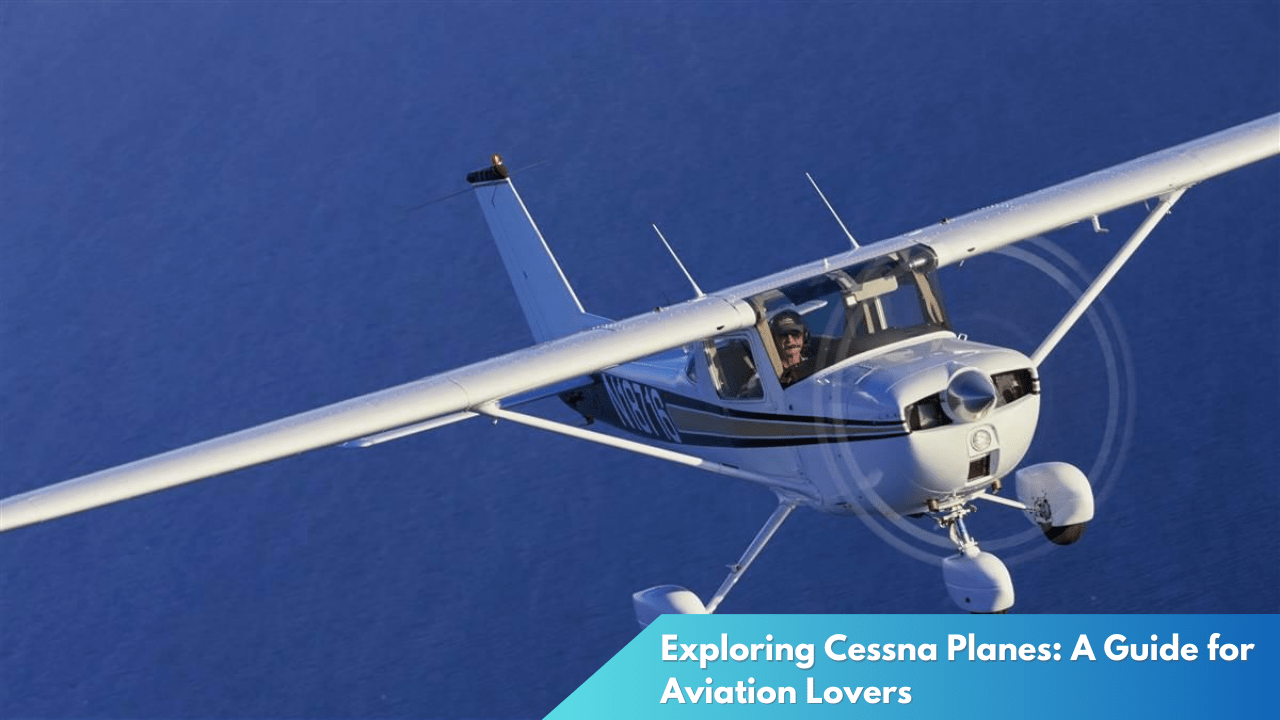Uncovering the True Cost of Operating a Boeing 747
The Boeing 747, often referred to as the “Queen of the Skies,” has been a cornerstone of commercial aviation since its inception. Its iconic hump and impressive range have made it a symbol of long-haul travel. While the aircraft is celebrated for its capacity and versatility, the financial undertakings of operating such a massive airliner are often shrouded in complexity. To truly understand what it takes to keep these giants of the sky airborne, one must delve into the multifaceted costs associated with their operation, from fuel expenditure to maintenance needs.
Revealing the Financial Burden of Boeing 747s

Operating a Boeing 747 involves significant financial investment, starting with the acquisition cost. Depending on the model, the price of a new 747 can range from approximately $250 million to $400 million. This hefty price tag is the starting point of financial commitment for airlines choosing to incorporate the aircraft into their fleets. Beyond the initial purchase, there are leasing options, which also entail substantial monthly costs. Airlines need to weigh these costs against potential revenue to ensure profitability.
Once acquired, the operational expenses of a Boeing 747 begin to stack up. One of the primary ongoing costs is crew salaries. With a cockpit crew typically comprising a captain, first officer, and sometimes a flight engineer, along with cabin crew members, payroll expenses are significant. Additionally, airlines must account for training programs to maintain the crew’s proficiency, as well as certifications specific to operating a 747. The sheer size of the aircraft also demands more from ground staff, adding another layer to the operational expenditure.
Insurance is another critical aspect of the financial burden. Given the capacity of a 747 and the potential liability in the event of an incident, insurance premiums are considerably high. These costs are influenced by various factors, including the airline’s safety record, the aircraft’s age, and geopolitical considerations. As a result, insurance becomes a substantial component of the ongoing costs, often requiring detailed risk assessments and negotiation to manage effectively.
Analyzing Expenses from Fuel to Maintenance

Fuel consumption is one of the most significant expenses when operating a Boeing 747. This aircraft is known for its long-haul capabilities, but the trade-off is its fuel efficiency. A 747 can consume approximately 10 to 11 tons of fuel per hour, which translates into thousands of dollars in fuel costs per flight. Fluctuations in fuel prices directly affect operating costs, making fuel hedging strategies a common practice among airlines to stabilize expenses.
Routine maintenance, repairs, and overhauls are essential to ensure the safety and reliability of a Boeing 747. Regular checks are required by aviation authorities, and these can be both time-consuming and costly. The complexity of the 747’s systems means that specialized technicians and engineers are necessary, further increasing costs. Additionally, the availability of spare parts and the logistics of sourcing them can be both a financial and operational challenge for airlines.
Another critical expense is the cost of airport operations, which includes landing fees, parking charges, and ground handling services. Due to its large size, the 747 incurs higher fees compared to smaller aircraft. Airports also impose noise and emissions charges, which vary depending on the jurisdiction. Airlines operating 747s must navigate these costs while optimizing their flight schedules to maximize revenue and minimize downtime.
The Boeing 747 remains an icon of the aviation industry, representing a significant technological achievement. However, the financial demands of operating such a large and complex aircraft are considerable. From the initial acquisition and crew salaries to fuel consumption and maintenance, each aspect contributes to the substantial costs associated with the 747. For airlines, the challenge lies in balancing these expenses against the revenue generated by the aircraft to ensure sustainable operations. As the aviation industry evolves, understanding and managing the true costs of such legendary airliners remains a critical task for operators worldwide.



